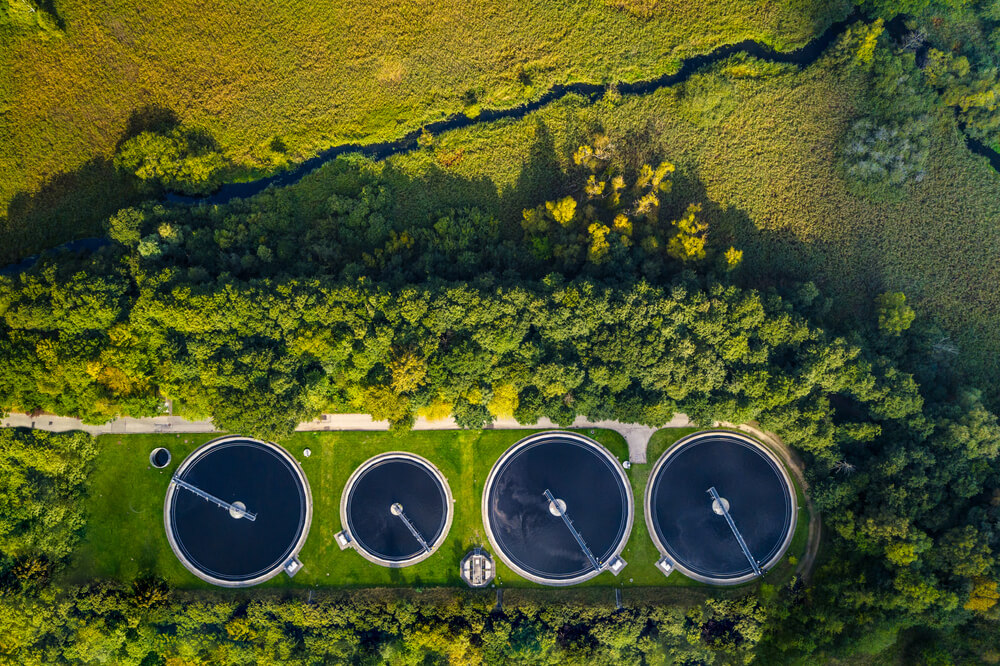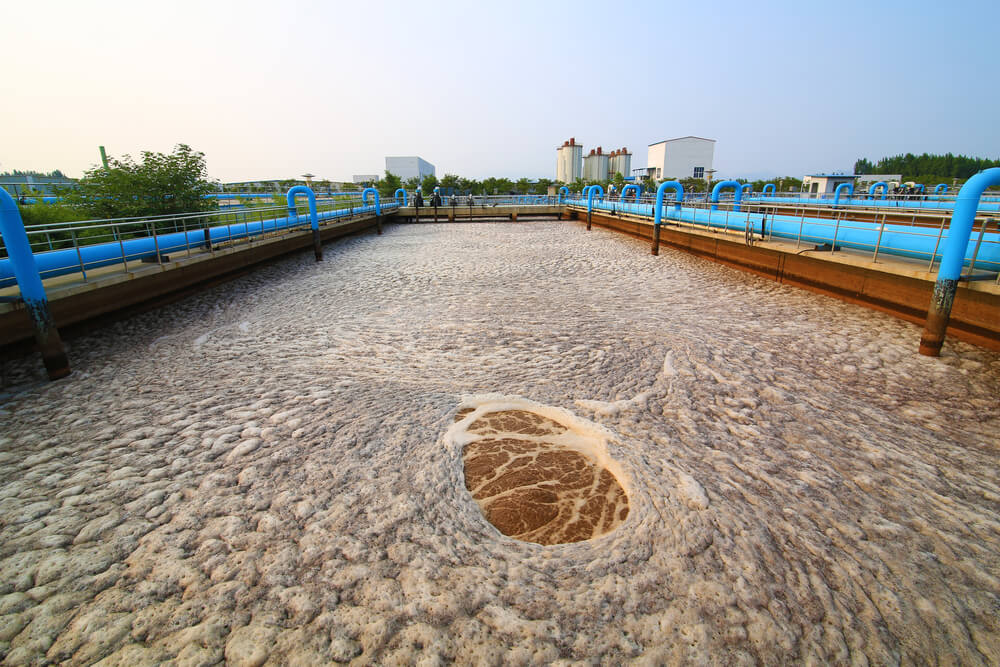Blog
What is thermal hydrolysis and what are its benefits in wastewater treatment plants?
Sludge from wastewater treatment can serve a good purpose. It just needs to be processed using appropriate methods.

Sewage sludge, which is a by-product of wastewater treatment, is growing. This is caused by increasing population and urbanisation, especially in Asian countries.
However, if it's properly treated, e.g. by thermal hydrolysis, it can still be of some use.
The process
Thermal hydrolysis takes place shortly before anaerobic digestion.
The aim is to process the sludge to improve the digestibility of the biosolids and facilitate the energy recovery of the sludge.
The sludge needs to be diverted to special reactors. When they are full and sealed, steam is pumped in, raising the temperature to 160-180 °C at a pressure of 6 bar.
The process normally takes 20 to 30 minutes. This is just enough time to kill the pathogens in the sludge.
When the hydrolysis is complete, the sludge enters a tank pressurised to atmospheric pressure. When the pressure drops, the organic matter cells are destroyed.
The treated sludge is cooled again to a typical temperature of anaerobic digestion and then directed into anaerobic digesters.
If you find the explanation of the process too complicated, there is another way to put it: thermal hydrolysis basically treats sludge using high pressure and temperature in order to keep it sterilised and more biodegradable.

Benefits of thermal hydrolysis
Fertilisation with biosolids obtained from waste sludge has proven to be one of the most sustainable and appropriate uses.
However, the problem is that, due to their poor quality, such use is not pursued.
Thermal hydrolysis, which upgrades the substances, is therefore also highly beneficial. However, it also has many other benefits.
The biological substances in the sludge can be more efficiently drained to obtain the best possible dry matter.
If you were to rely only on conventional anaerobic digestion, you would miss a lot. Thermal hydrolysis provides up to 50% more biogas.
The energy you get from the biogas can be reused in the hydrolysis process or for other stages of wastewater treatment.
And if you don't even need that energy, you can feed it into the grid.
In general, hydrolysis also contributes to creating an efficient and cheap biofertiliser. Its end products do not smell and processing is much less expensive.
If you are looking for a way to make your wastewater treatment more efficient, or if you are just starting out, Hydrotech is here to help.
All you need to do is choose whether you need a wastewater treatment plant, an industrial treatment plant, or if you are interested in renovating an existing one.
More articles
Sludge dewatering process optimization at our customer with help of our technologists
The main objective of the wastewater treatment plant at the factory for the production of baking additives, confectionery, dairy products and others...
We treat waste water from bakery
Because of a new project in Slovakia our technologists and designers are busy these days. This new factory will produce several kinds of bakery...
